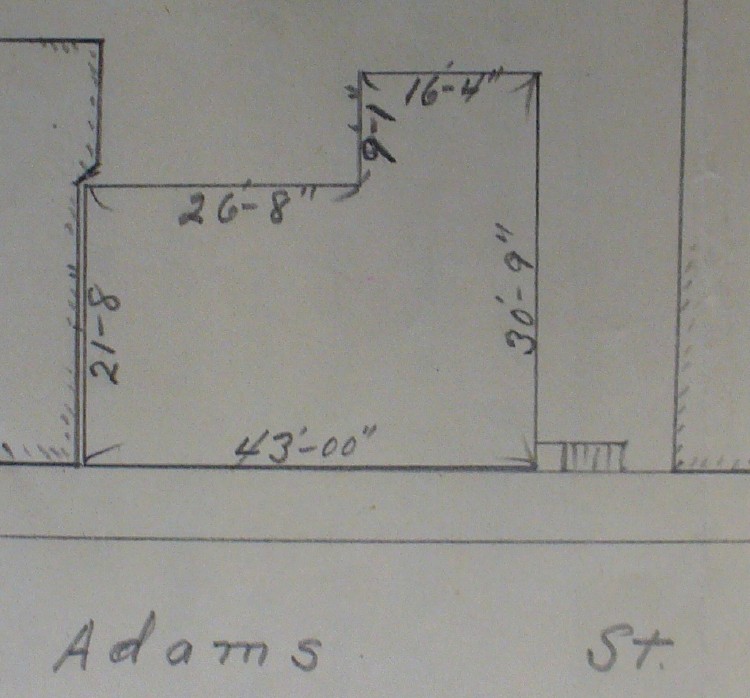
|
1760: Vose lot #1 1762: Daniel Vose marries 1762: Vose lot #2 1764: Vose lot #3 1773: mason's account book 1774: Continental Congress 1774: Suffolk County Congress 1774: Suffolk County Convention 1775: Suffolk County meets again 1781: Vose lot #4 1782: John White's map 1783: Patience marries 1785: first documentation of the house 1785: mason's account book, part 2 1807: Daniel Vose's will 1810: first drawing of the house 1826: Edmund J. Baker's map 1859: Rachel Vose as a source 1861: Vose "mansion" burns 1862: Milton bicentennial address 1874: first commemoration of the Resolves 1874: novelty of the commemoration 1874: signed in the parlor 1874: subsequent meetings at the house 1887: History of Milton, Mass., 1640-1887 1895: Suffolk Resolves House confirmed 1899: 125th anniversary 1912: first known questioning 1923: letters to the editor 1923: the sacred parlor 1924: Committee on the Suffolk Resolves House 1924: expert decides 1924: Historical Society weighs in 1924: memories from parents 1924: plan of colonial frame 1932: Ellen Vose publishes 1949: condemned 1950: Suffolk Resolves House moves 1951: refugees from the siege 1953: controversy reviewed 1957: second history of Milton 1973: Hamilton confirmed 1973: National Historic Register 2012: framing mistakes 2012: Phase 1: colonial frame 2012: Phase 2: beams in colonial attic 2012: Phase 3: Georgian frame |
controversy reviewed
|

